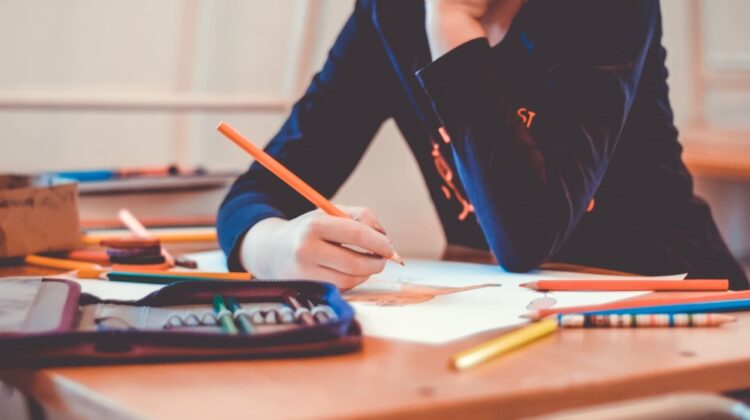
Supporting students dealing with trauma taking a heavy toll on teachers’ wellbeing
Our groundbreaking Monash University study has revealed the extent of trauma and burnout among Australian teachers – and recent evidence shows teacher stress and burnout has worsened over time.
We conducted a survey with 302 Australian primary and secondary school teachers to understand how exposure to students who experience trauma impacts teacher’s own mental health and wellbeing.
The study, published in Psychological Trauma: Theory, Research, Practice and Policy, revealed some interesting and concerning findings.
More than 80% of teachers report they’ve supported at least one student during their career who has been exposed to trauma, with 45% of teachers reporting their own personal history of trauma.
We found that these teachers are at greater risk of experiencing secondary traumatic stress compared to teachers who have not been exposed to students experiencing trauma.
The fact that more than 80% of teachers support students impacted by trauma is perhaps unsurprising given recent Australian data showing two in three people experience at least one form of child abuse or neglect.
The combination of these recent findings and Australia’s ongoing risk of large-scale disasters, the pandemic and family financial stress, suggest more needs to be done in Australia to prevent and respond to child trauma.
Similar to PTSD
Secondary traumatic stress (sometimes associated with vicarious trauma) refers to a set of symptoms, similar to post-traumatic stress disorder, which can be experienced by helping professionals when they provide support to people impacted by trauma.
Until recently, most of the research on secondary trauma had focused on other helping professions, such as doctors, social workers and psychologists. This is one of the first known studies to measure symptoms of secondary traumatic stress of teachers as a result of their own exposure to students who experience trauma.
Our research reveals that the majority of teachers in Australia experience moderate to high levels of secondary trauma, characterised by symptoms of acute stress, feelings of helplessness, disturbed sleep, and intrusive thoughts.
We also identified that teachers with fewer years of teaching experience and less exposure to trauma-informed professional development are more likely to experience secondary traumatic stress compared to more experienced and trauma-informed educated teachers.
Support can lead to burnout
In relation to burnout, our results found that the majority of teachers experience high levels of burnout when supporting students impacted by trauma.
Burnout is defined as chronic, work-related stress, feelings of exhaustion, loss of productivity, and increased negativity towards work. A study linked teacher burnout and secondary trauma to a lack of trauma-informed professional development, resources and support for teachers.
We also observed factors related to positive outcomes for teachers when they support students exposed to trauma.
Compassion satisfaction refers to teachers’ sense of personal growth when they support students affected by trauma. Results revealed that when teachers are confident to address students’ trauma, they’re more likely to experience compassion satisfaction, compared with teachers who are less confident.
The results of this and earlier research point to the importance of providing adequate professional development and ongoing support for teachers when tackling the needs of students who have experienced trauma.
Our study revealed that fewer than half of teachers (38.7%) have received trauma-informed professional development.
Few wellbeing resources available
Another recent study by the Monash research team identified there are very few wellbeing and mental health initiatives designed and tested for teachers and early childhood educators.
Trauma-informed professional development and programs have emerged as an evidence-based strategy for teachers to act on, minimise, and reverse the effects of trauma experienced by their students.
Research shows trauma-informed programs can improve student academic performance, their social-emotional wellbeing, and prevent depression and post-traumatic stress of students after they experience a traumatic event.
This is the first known comprehensive study on the nature and extent of secondary trauma, burnout, and compassion satisfaction among Australian teachers.
If we’re to ask teachers to implement trauma-informed programs and provide support to students impacted by trauma, we also need programs and school policies that prioritise teachers’ own mental health and wellbeing.
School leaders, policymakers and governments should look to implement trauma-informed programs to address acute trauma and stress of both students and teachers in Australia’s education system.
This article was first published on Monash Lens. Read the original article.
